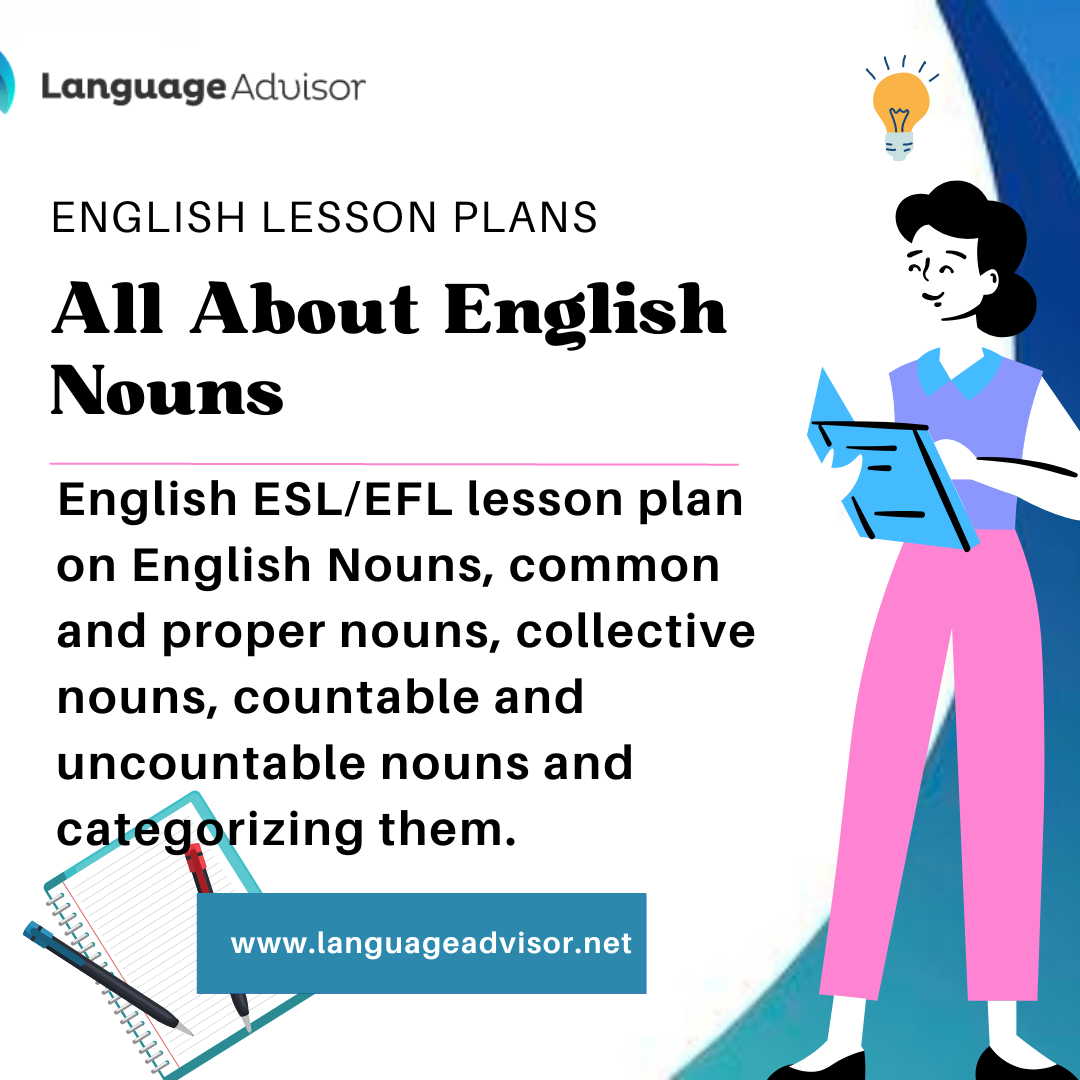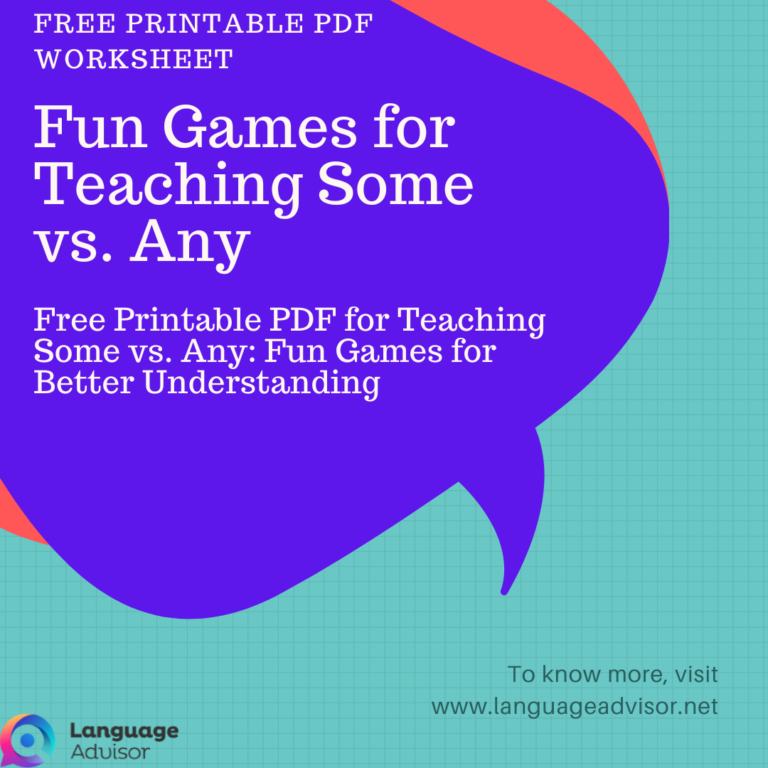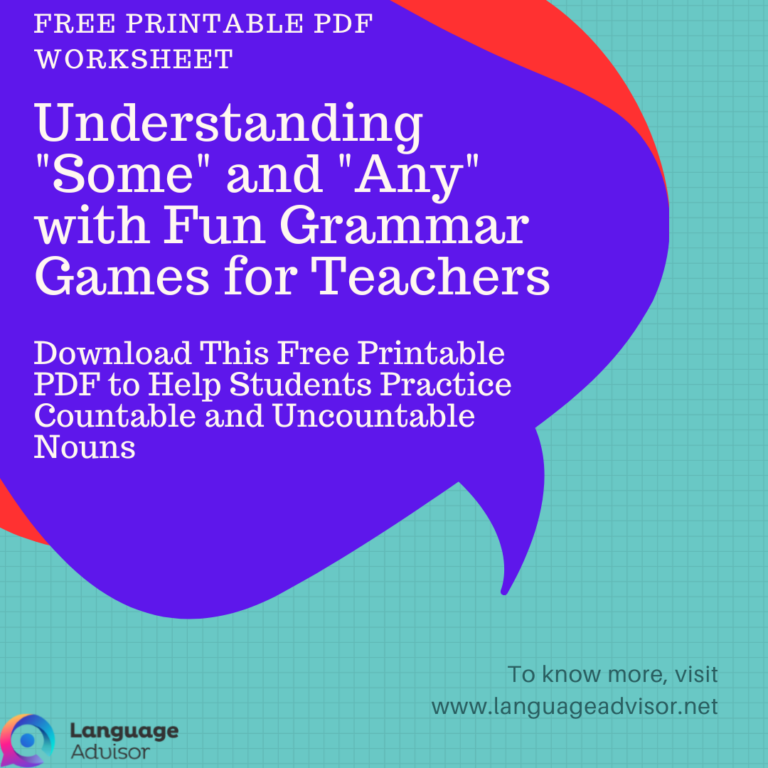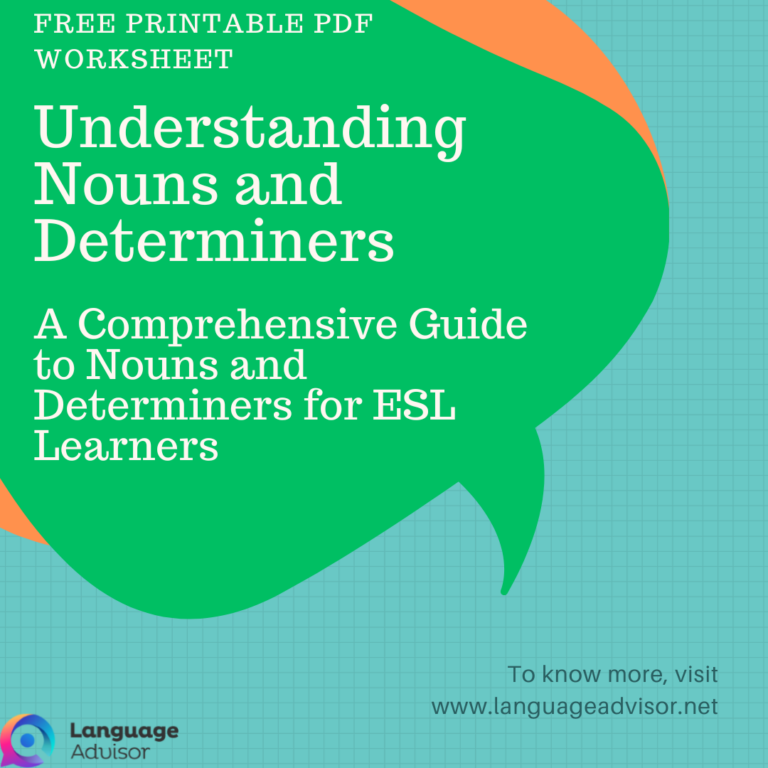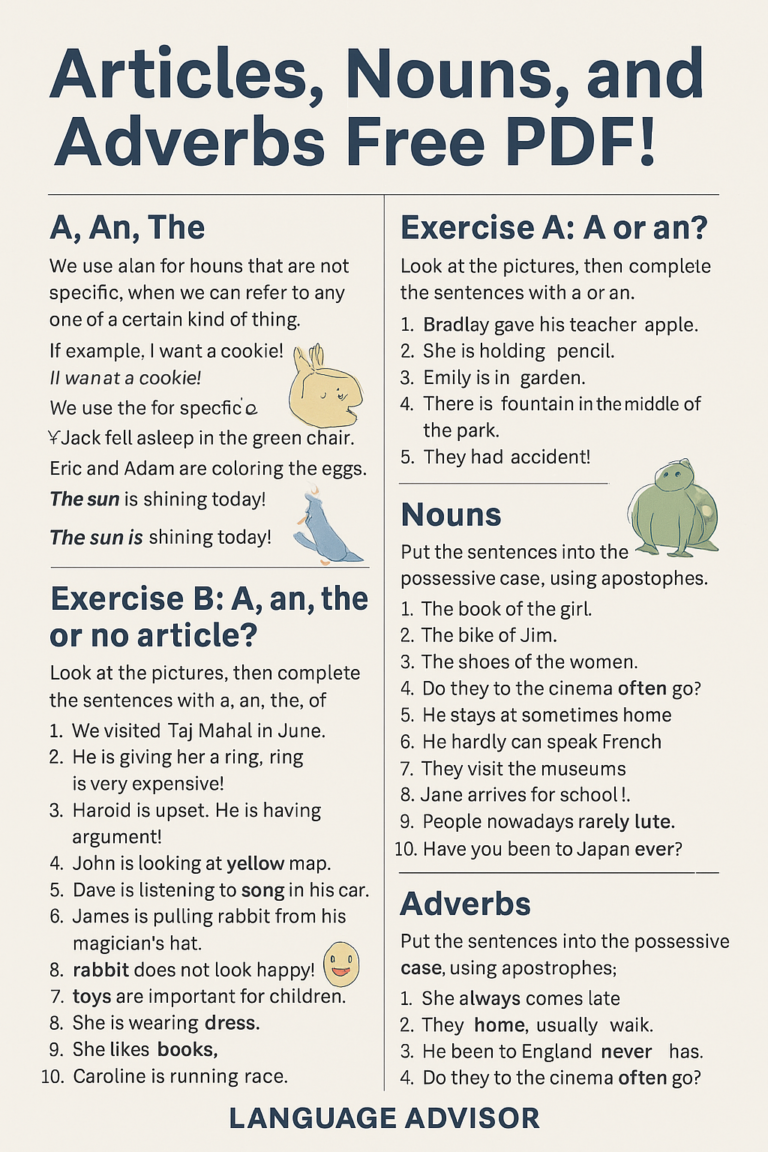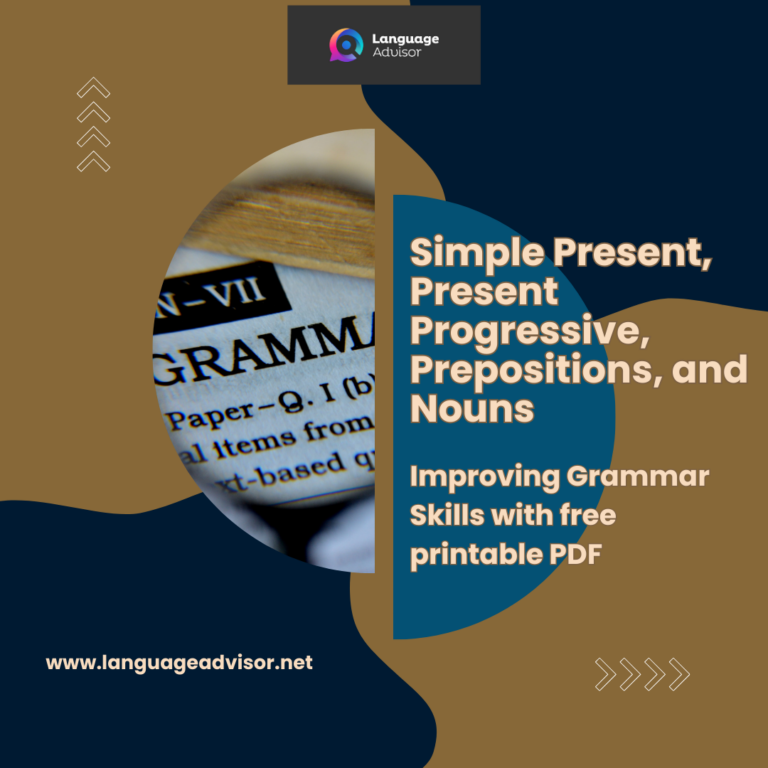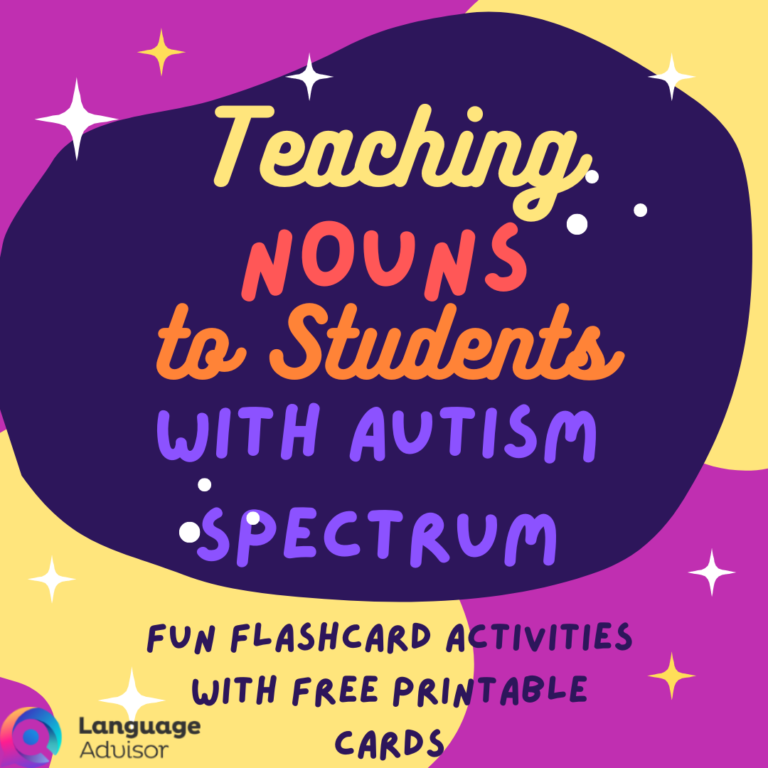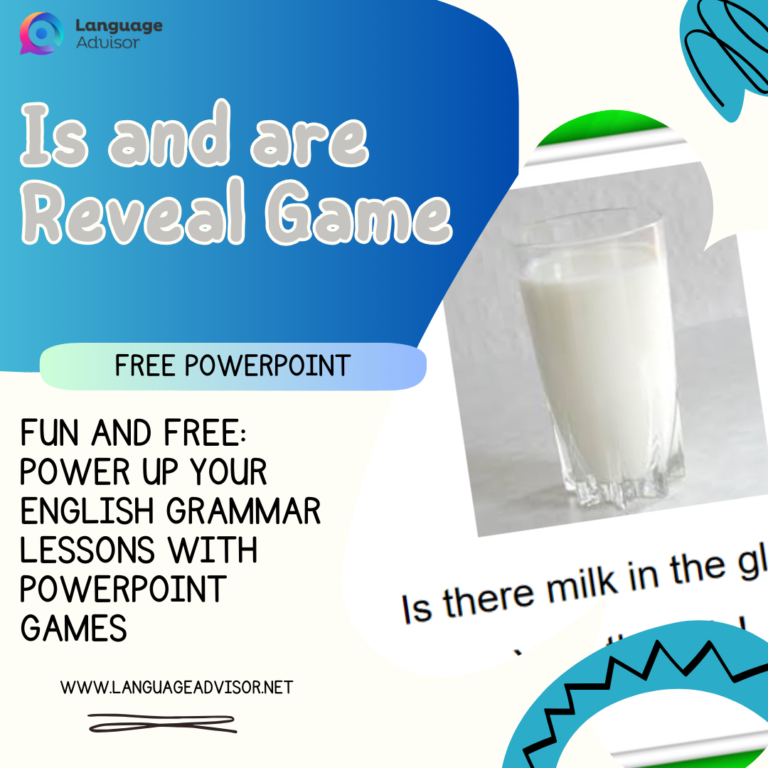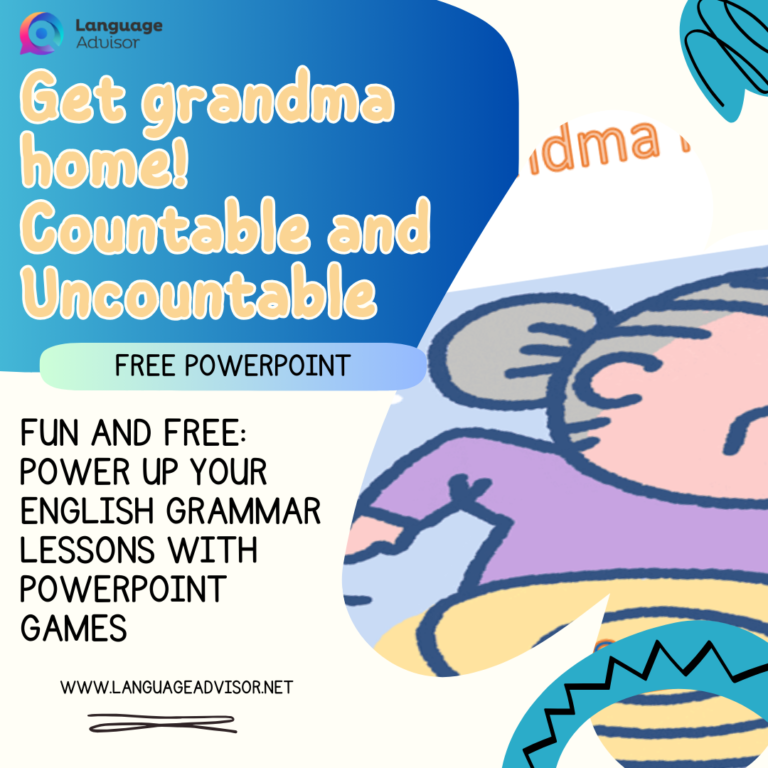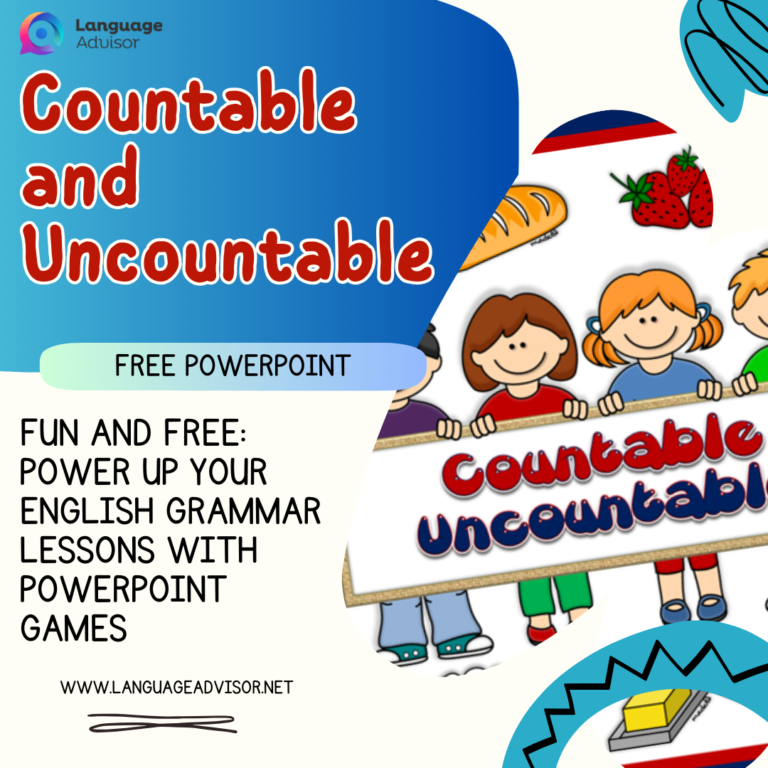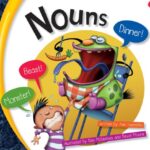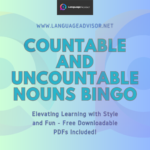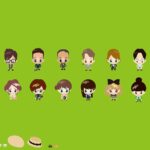All About English Nouns. English ESL/EFL lesson plan on English Nouns, common and proper nouns, collective nouns, countable and uncountable nouns and categorizing them.
All About English Nouns

Lesson plans
Here you can find a wide range of full lesson plans to use in your classroom.
All of our lessons are designed around themes engaging and relevant to English ESL-EFL learners and can be used to complement your school curriculum, giving students an opportunity to develop their English language and skills in motivating and enjoyable ways.
These lesson plans focus on classroom games and activities oriented around meaningful practice of grammar items in English. The vast majority of the activities have been designed to be simple and easy to apply, without requiring much in the way of additional resources or materials. Wherever possible, games have been presented in a way that makes full use of any natural or genuine communicative aspects embodied in the grammar constructions, though while there is emphasis on understanding the grammar and its functional and communicative aspects, most of the games also highlight the importance of using the grammar accurately.
These lesson plans are intended as a starting point for teachers to adapt and build their own stock of in-class games and activities that can be applied relatively quickly and easily.

All About English Nouns
All About English Nouns: Here are eight lesson plans on English Nouns

All About English Nouns – Jeopardy
Objective:
To teach the students what a noun is and then have them be able to correctly
identify and implement it in English.
Warm- Up: Review what a noun is, give some examples, and then have the students give some examples.
Practice/ Presentation:
– Divide the class into teams and play “Jeopardy” to review all the nouns learned in the year.
The five category topics can include: 1) classroom words, 2) animals, 3) vegetables, 4) fruits, and 5) days of the week.
– Create a table with these categories and ask the students to fill it in with they words they remeber for each topic.
Homework:
Have the students try to write 10 sentences using nouns that we reviewed in the jeopardy game.
For example:
– I have a pen.
– I have a dog.
– I eat an apple.
– I eat a tomato.
– It is Tuesday.


Pluralizing Nouns
Objectives:
That the students will be able to pluralize nouns.
Warm-Up:
Review what are vowels and consonants and then move into a review of the article lesson of when to use “a” versus “an.”
Also check out this lesson plan on Vowels and Consonants.
Practice/ Presentation:
– Rule 1: To pluralize most nouns you simply add an “-s” ending.
For example:
apple – apples
dog – dogs
cat – cats
– Have students then come up to the board to pluralize nouns and then have students orally repeat after you examples.
– Write a list of words on the board (they can be known or unknown as long as they follow the pluralizing rule of adding an “-s”) and have the students practice writing the words and pluralizing.
– Rule 2: To pluralize nouns that end in “sh / ch / ss / x” you have to add an “-es” to the noun.
For example:
wish – wishes
sandwich – sandwiches
class – classes
box – boxes
– Have students then come up to the board to pluralize nouns using this rule and then have students orally repeat after the teacher. More examples: tax, kiss, couch, dish, bus, etc…
– Rule 3: To pluralize nouns that end in a consonant + “y” you have to change the “y” to an “i” and add “-es.” But if the noun ends in a vowel + “y” you only have to add an “-s” ending.
For example:
Consonant and a “y” = city – cities, baby – babies, family – families
Vowel and a “y” = boy – boys, day – days, key – keys
– Have the students come up to the board to pluralize nouns using this rule and then have them orally repeat after the teacher for further practice. More examples: country, butterfly, library, monkey, toy, etc…
– Note: Warn the students that there are still exceptions to these three rules and that some words have different ways of pluralizing.
For example some are just irregular like woman – women, or tooth – teeth, or ox – oxen; while others don’t change at all from singular to plural like with deer – deer, or fish – fish, or sheep -sheep.
– Make a chart on the board that consolidates the information above.
Homework:
With the new vocabulary words below have the students pluralize the nouns.
Random Assortment of Vocabulary Words:
1. bush =
2. story =
3. pony =
4. glass =
5. radish =
6. candy =
7. berry =
8. donkey =
9. couch =
10. dress =
11. country =
12. fox =
13. ditch =
14. tax =
15. crutch =
16. bully =
17. fairy =
18. mattress =
19. leash =
20. pastry =


Singular and Plural Nouns
Objectives:
Students should be able to use the articles “a” and “an” for singular nouns. They should be able to pluralize nouns. They should be able to use “is” and “are”
correctly in a sentence. And finally they should be able to differentiate between singular and plural.
Warm-Up:
Review articles to make sure they remember (also then reviews vowels and consonants).
Presentation:
To make sure students understand that articles are only used with singular nouns do some examples. Such as: “a cow” vs. “few cows” or “an apple” vs. “3 apples”
Practice:
– Write words on the board that students are familiar with and have students raise their hands to indicate whether the words are singular (one) or plural (more than one).
– On the board write fragments such as, “ ___ onion, 3 onion__.” And have students come up to the board to write either “a” or “an” before a singular noun or “s”, “ies”, or “es” to pluralize the nouns given.
– Introduce “is” for singular nouns and “are” for plural nouns by giving examples. “A grape is a fruit.”
“Grapes are fruits.”
“A cow is an animal.”
“Cows are animals.”
– Have students read aloud for oral practice and then copy down in their notebook.
– Give the students more examples to first do on their own and then to go over as a class.
– Once students understand the concept have students write their own sentences both plural and singular using vocabulary they know.
Homework:
Give students new “clothing” vocabulary words, and have the students makes singular and plural sentences with these new words.
1. dress =
2. shirt =
3. jeans =
4. pants =
5. suit =
6. skirt =
7. blouse =
8. sweater =
9. t-shirt =
10. shorts =
11. sweatshirt =
12. sweatpants =
13. hat =
14. gloves =
15. jacket =
16. raincoat =
17. swimsuit =
18. pajamas =
19. socks =
20. shoes =


Common and Proper Nouns
Objective:
That the students will be able to identify and use common and proper nouns.
Warm-Up:
Review singular and plural nouns.
Practice/Presentation:
– Introduce nouns again by giving examples of a person/place/thing/
or animal. Make sure the class is comfortable with nouns and can give some examples on their own.
– Teach the differences between a common noun, which is not capitalized and a proper noun, which is always capitalized.
– Common Noun: names any person, place, thing, or animal.
– Proper Noun: names a specific person, place, thing, or animal and the first letter is always capitalized.
–Proper Nouns Include the following:
1. Personal Names:
Professor Jones
Jane Doe
Dr. Watson
President Lincoln
2. Nationalities:
Mexican
American
Italian
3. Religions:
Buddhism
Muslim
Christian
Hinduism
4. Geographic Names:
Pacific Ocean
Amazon River
Russia
Tien Shen Mountains
5. Holidays:
Thanksgiving
Christmas
New Years
Halloween
6. Months of the Year:
November
February
August
May
7. Days of the Week:
Saturday
Sunday
Tuesday
Monday
Homework:
Give the students the following paragraph and have them write down all the common nouns and all the proper nouns. Note that the common nouns are underlined and the proper nouns are bolded.
Joe Smith is a teacher. He lives in Colorado. Colorado is a state. On holidays Joe likes to travel, but especially in the months of June, July, and August. Joe has one brother, and his name is Mike. Mike only works on the weekends, which is Friday, Saturday, and Sunday.
During the week Mike lives in Mexico. Mike has a family. He is a father. He has two sons and one daughter. His sons’ names are Andrew and Jason. His daughter’s name is Sally. Joe sees his niece and nephews only at Christmas.


Collective Nouns
Objective:
For the students to be able to identify and use a collective noun correctly.
Warm-Up:
Review nouns and the category of nouns we have covered thus far: singular, plural, common, and proper.
Practice/Presentation:
– Define what a collective noun is: it describes a group of people or things considered as a single unit.
– For example, this will be all new vocabulary:
1. audience =
2. chorus =
3. congress =
4. gang =
5. group =
6. personnel =
7. band =
8. class =
9. faculty =
10. flock =
11. jury =
12. staff =
13. bunch =
14. committee =
15. family =
16. government =
17. orchestra =
18. team =
– Once the students have copied down all the new words try to see if they can use them correctly in a sentence or phrase.
– For example:
The team is good.
My family is big.
The staff is nice.
The class is smart.
Homework: Have the students write a paragraph and identify all nouns in their paragraph, but they should also underline the collective nouns in the text. The more collective nouns used by the students the better.


Countable and Uncountable Nouns
Objective:
That the students will be able to identify and use countable and uncountable nouns on their own.
Warm-Up:
Review all the noun categories, especially collective nouns.
Practice/Presentation:
– Define Countable and Uncountable Nouns.
– Countable Noun: is a thing that a person can count.
Ex. corn, lettuce, lake, day, movie
– Uncountable Noun: is a thing a person cannot count.
Ex. dust, grass, milk, water, sand
–New Vocabulary Words:
1. lake =
2. movie =
3. dust =
4. grass =
5. milk =
6. water =
7. sand =
8. juice =
9. table =
10. cup =
11. picture =
12. rays =
13. guitar =
14. camera =
15. bucket =
16. bag =
17. ice =
18. rain =
19. flower =
20. snow =
– Have the class first copy down the new words, but then identify which are countable and which are uncountable. Review their answers all together.
Homework:
Have the students write a paragraph and identify all the nouns in their paragraph, by underlining the countable nouns and circling the uncountable nouns in their text. The more countable and uncountable nouns used by the students the better.


Categorizing Nouns
Objectives:
Students should be able to understand and categorize nouns.
Warm-Up:
Give students known vocabulary words and potentially some new words.
Presentation:
Review the definition of a noun, and also the definitions of all the categories of nouns. Then write the following headings on the board: singular, plural, common, proper, collective, countable, and uncountable (and possessive if you want to add that too). Perhaps it is a good idea to also give examples of each.
– Examples for each:
1. singular = dog
2. plural = dogs
3. common = day
4. proper = Sunday
5. collective = class
6. countable = cow
7. uncountable = grass
Practice:
– Give students a list of nouns and have the students write in their notebooks where that particular noun fits under which particular heading.
– Once the students have done this on their own, go through the list of words as a class and have the students come and write them on board under the appropriate headings. Tell the students some nouns will be able to fit in more than one category so they should place the noun in the best possible category.
– List of words to use 40 in total:
1. truck – sing /count / common
2. Mark Thomas – proper/count /
3. cat – sing / count / common
4. girl – sing / count / common
5. San Francisco – proper / count / sing
6. group – collective / count
7. month – common / count
8. Dr. Harry – proper / count / sing
9. Australia – proper / count / sing
10. team – collective / count
11. dust – uncount / common
12. Halloween – proper / count / sing
13. students – plural / common/ count
14. horses – plural / count / common
15. Atlantic Ocean – proper
16. Shakira – proper / count / sing
17. Eminem – proper / sing / count
18. water – uncount / common
19. band – collective / count
20. audience – collective / common
21. tree – sing / count / common
22. Nile River – proper / count
23. Talas – proper / count
24. children – plural / count / comm
25. family – collective / common
26. flowers – plural / count / comm
27. boat – common / sing / count
28. juice – uncount / common
29. Canada – proper / count / sing
30. Kyrgyz – proper
31. someday – common
32. book – sing / count / common
33. letter – sing / common / count
34. milk – uncount / common
35. Swedish – proper
36. January – proper / sing
37. Monday – proper / count / sing
38. papers – plural / count / common
39. music – common
40. sand – uncount / common
Homework:
Students should come up with two nouns on their own for each of the seven categories, so in total fourteen nouns.

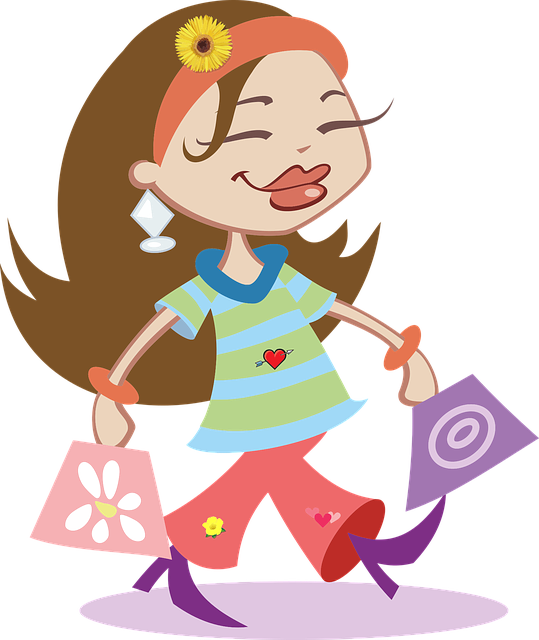
Let’s go Shopping
Objectives:
Using nouns in singular and plural
Practice:
Take students on an imaginary shopping trip (perhaps by using flashcards to indicate different shopping locations). The class builds a collective “wish list” in each store, identifying desired nouns for each place, applying singular and plural quantifiers and suffix markers as per the following example:
Teacher: OK, we’re going into the toy store. What do we want here?
Student 1: I want a toy car.
Student 2: He wants a toy car and I want three dolls.
Student 3: He wants a toy car, she wants three dolls, and I want a yo-yo.
Student 4: He wants a toy car, she wants three dolls, she wants a yo-yo, and I want two robots.
Student 5: He wants a toy car, she wants three dolls, she wants a yo-yo, he wants two robots, and I want a game CD.
Other stores (such as supermarket, bakery, department store, etc) can be added to the shopping trip to repeat the practice with different nouns connected to appropriate contexts

All About English Nouns: Also Check out these resources on the English Nouns


